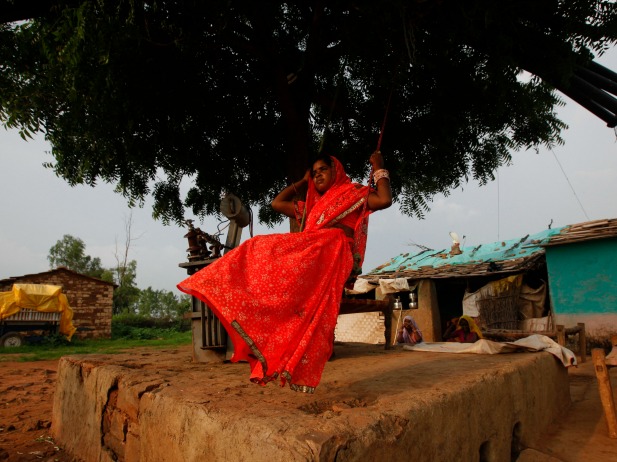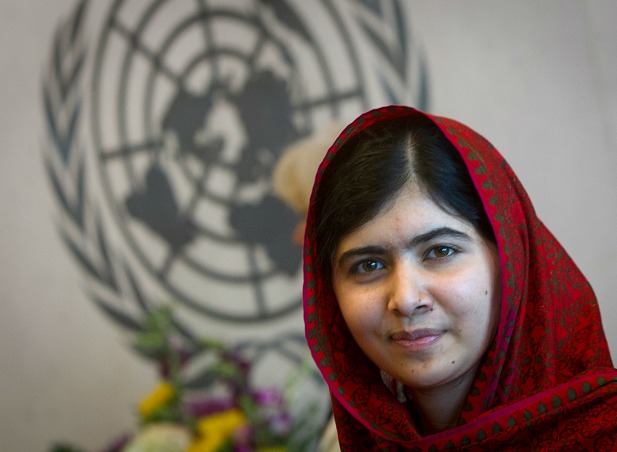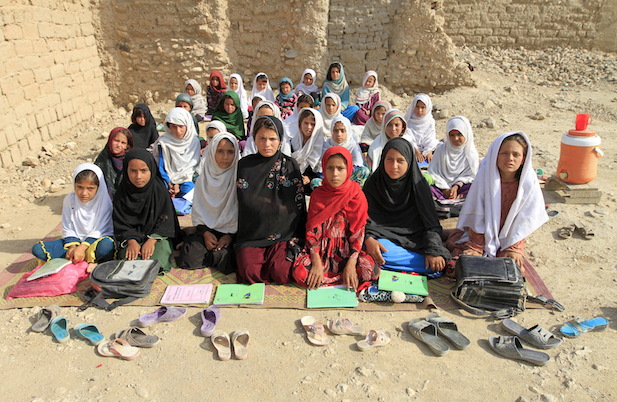International Day of the Girl Child

More on:
Today, October 11, 2016, is the International Day of the Girl Child. The focus of this year’s internationally recognized day is “Girls’ Progress = Goals’ Progress: What Counts for Girls.” The theme recognizes the promise of the world’s new development framework, the Sustainable Development Goals (SDGs), to address issues that hold girls back around the world, and highlights the need for increased investment in quality sex-disaggregated data to make progress toward all seventeen goals. Learn more about the status and rights of girls in these five publications from the Women and Foreign Policy program.
Child Marriage If current trends continue, 142 million girls will marry before adulthood within this decade. Child marriage remains widespread in developing countries, disproportionately affecting girls and endangering their lives and livelihoods. Rooted in cultural tradition and poverty, the practice not only violates human rights laws but also threatens stability and economic development. Explore the CFR Interactive >>

Five Questions About Girls’ Education In an interview with the Women and Foreign Policy program, Meighan Stone, president of the Malala Fund, highlighted new challenges to universal access to quality education. Stone argued that free, quality, and safe education, particularly for girls, is the unfinished business of development around the world. Challenges are particularly acute in conflict settings: over twenty-four million children are out of school in thirty-five conflict-affected countries today. Read the interview >>

Women and Girls in the Afghanistan Transition The advancement of women and girls correlates with gains in stability, security, and development. Although Afghan women and girls have made strides in access to education, the economy, health care, politics, and civil society since the 2001 U.S.-led intervention, these advances remain fragile. Read the CFR Working Paper >>

Closing the Gender Data Gap In many countries, reliable data on the status of women and girls are sorely lacking. Experts suggest that current statistical systems can fully track and measure indicators for only a handful of the 169 targets that comprise the 2030 agenda. Data gaps are largest in the world’s poorest countries, with estimates of up to $1 billion per year required in order to enable low-income countries to measure progress toward the goals. Read the blog post >>

New Results From Bangladesh on How to Delay Child Marriage The Population Council recently completed a randomized controlled trial study to evaluate what works best to delay child marriage, involving more than 9,000 girls across three child marriage hotspot regions in rural Bangladesh. For eighteen months, girls met weekly with local mentors and peers in safe, girl-only locations, called BALIKA centers, and received life skills training, educational support, gender rights awareness training, and livelihoods skills training. Initial results are promising: girls living in BALIKA communities were one-third less likely to get married than those not living in communities reached by the project. Read the blog post >> and View the BALIKA data >>

More on:
 Online Store
Online Store